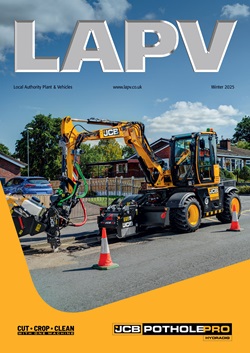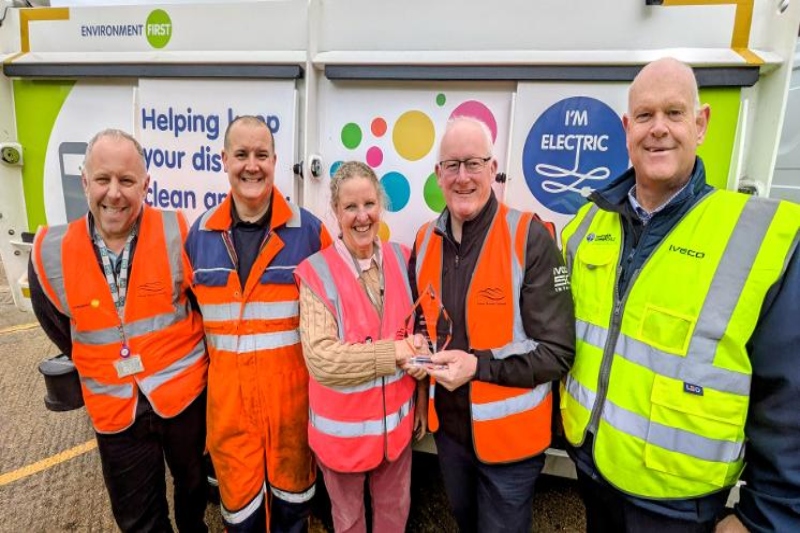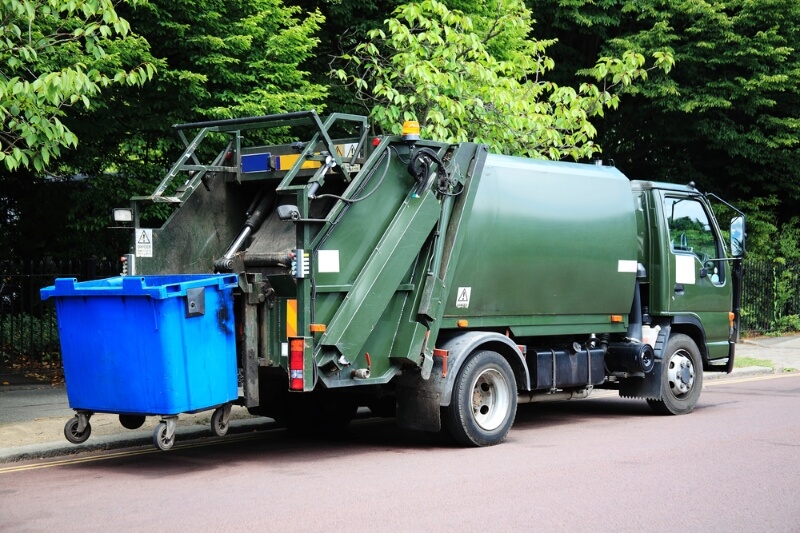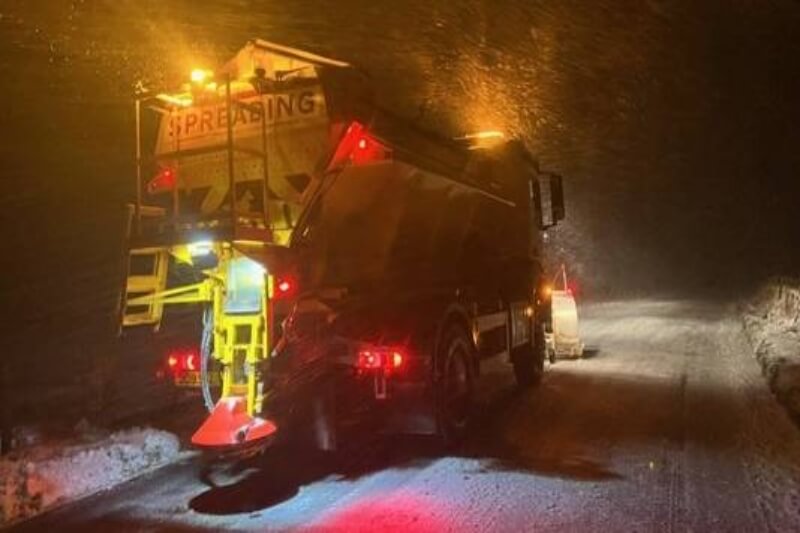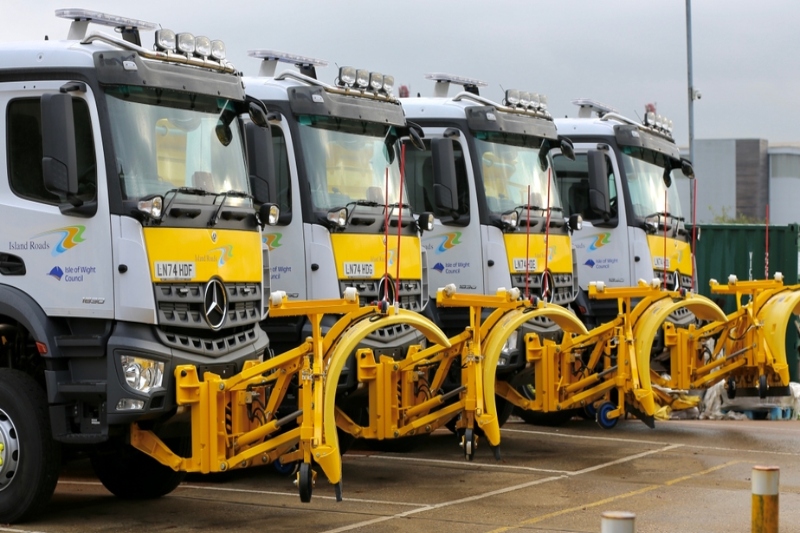In these times of budgetary pressures local authorities are looking at all options to save costs, and the opportunity to dispose of defleeted vehicles and plant for a reduced outlay is obviously going to be attractive. Or is it, best practice is about achieving the highest net value for the asset, which means looking at not only the costs of remarketing but also at the prices achieved from the sale.
A number of local authorities that have tested online auctions have since returned to traditional methods of remarketing, via physical auctions.
The problem in most cases is not the costs incurred by the vendor, but those charged to the buyer, 10%, 15% or even higher in some cases. But why should high charges to the buyer concern the local authority vendor?
The answer is that the vast majority of buyers have a finite amount to spend on a vehicle or item of plant. They factor the buyer's premium into their bidding so, if they have to pay more in premiums they have less to spend on the capital value; with the corresponding reduction in sale revenue to the local authority.
One authority, which wished to remain nameless, benchmarked an online auction against one of its physical auction sites, The Fleet Auction Group (FLAG) in Leicestershire.
Two identical vehicles were auctioned, one online, the other at one of FLAG's dedicated local authority auctions. Online bids realised £1650.00 and on the physical auction hall floor they reached £2000.00, a 17.5% online negative.
Even taking off the selling costs, the net value to the local authority was greater at the traditional auction, simply because the buyers “built in” the higher buyers premiums when bidding, resulting in a “hidden cost” to the vendor.
This difference in final sale value is often the case, so why do physical auctions tend to achieve higher sale prices?
According to Chris Jager, Local Authority Sales Manager at FLAG, no matter what you are selling, with online auctions you cannot build the same levels of impulse desire for the goods, “You have more time to bid and more time to think,” he says, “whereas at a physical auction a more competitive and immediate atmosphere is created.” There is also no alternative to buyers seeing and being able to touch what they are actually buying. “You are more likely to encounter post sale conflict if the goods are not exactly what your buyer viewed, or perceived, on their computer,” Jager argues. “At a physical auction buyers can give the vehicle or plant a thorough inspection before bidding.”
However, he feels that the future is in physical and online auctions running side by side. There is a generation of buyers who have grown up in the “ebay age” and who are very comfortable with buying this way. The parallel approach will offer all generations of buyers the choice of how they purchase.
Whichever route is chosen, disposal values for stock from within the local authority sector are stronger now than they have been over the last few the years. With supply down due to local authority expenditure cut backs, the demand for all ex-local authority light commercial, heavy goods and municipal vehicles, plant, grounds maintenance and sports field equipment is high.
With the current financial constraints in place, should Local Authorities consider buying specialist used vehicles, plant and machinery second hand rather than new?
This is a thorny issue; there exists a perception even amongst local authorities themselves, that used local authority plant and vehicles have a hard life and are not of a quality that they really want taken onto their fleet.
However, there are many different disposal policies across the sector and “particularly amongst specialist vehicles and plant, there are some real diamonds amongst the pebbles,” Chris Jager, says.
“They really are missing an opportunity here,” he comments, “I am often approached by local authority fleet, transport and grounds maintenance managers, asking if I know where they can locate a refuse truck, a sweeper, or a ride-on triple. This is usually when they need an asset for short-term cover because of a breakdown or because of new insourcing responsibility. A simple 'buy verses rent' exercise over a six or twelve month period on a six year old RCV will probably see a saving of over 60% against new, with an asset that we can still remarket after its second local authority life.”


